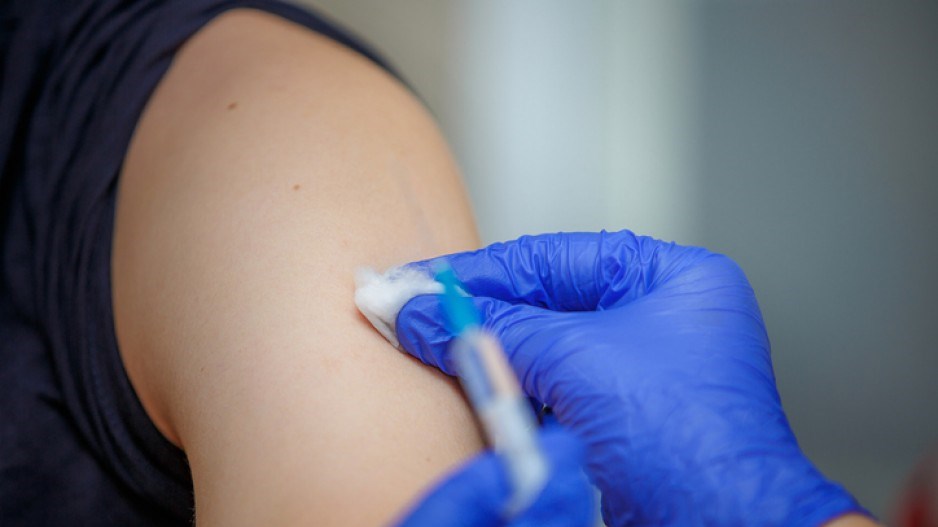THUNDER BAY - Vulnerable people, health care workers, and First Nations communities could see COVID-19 vaccinations in the coming weeks, but general immunization in Ontario is still ‘very far away’ says Premier Doug Ford.
“Our top priority remains getting the vaccine out to those who need it the most as quickly as possible,” Ford said on Monday.
“The first shipments of a very small number of doses could arrive as early as next week. But we are still very far and I repeat very far from having the vaccines we need for mass immunizations.”
On Monday, the provincial government outlined its plan for rolling out the COVID-19 vaccine.
Health Canada is expected to approve the Pfizer vaccine this week and on Monday Prime Minister Justin Trudeau said the country should receive 249,000 doses by the end of the year.
“Ontario is ready to do their part and we will be ready to receive and distribute the first batch of vaccines when they arrive on our doorstep,” Ford said.
Retired General Rick Hillier, who was appointed chair of the COVID-19 Vaccine Distribution Task Force, said the rollout of the COVID-19 vaccine in Ontario will take place in three phases.
The first phase, which will be undertaken in the first quarter of 2021, will include vaccinating the most vulnerable members of the population, which will include residents, staff, essential caregivers, and other staff in congregate living centres like long-term care facilities and retirement homes.
Other high priority segments of the population include health care workers in hospitals and other health care personnel, adults in Indigenous communities including remote communities where the risk of transmission is high, and adults receiving chronic home health care.
According to Hillier, of the 249,000 doses of the vaccine Canada is anticipating by the end of the year, Ontario will receive approximately 85,000 doses.
“We will make the decisions on where we go based on the best data we have,” he said. “We will go for example towards the people in long-term care homes who are in the hot zones, the lockdown zones.”
Hillier added that there will not be enough doses to vaccinate everyone considered high-priority and it will take several months.
“We are making sure we are ready to execute on phase one. It will take two to three months,” he said. “We won’t be able to do everyone on the first day. People are going to have to be patient that their time will come.”
Phase two will begin in the spring when more doses of the vaccine are expected to be delivered. This phase will unfold over six to nine months and will involve offering the vaccine to anyone who is eligible.
The third phase is being called the steady state, when the COVID-19 vaccine rollout will be identical to that of the seasonal flu vaccine and available in pharmacies and clinics.
“Our mission is really clear for us,” Hillier said. “We want to run an efficient and equitable COVID vaccine program for Ontario in order to provide every eligible person in the province the opportunity to voluntarily get vaccinated for COVID-19.”
Ford reiterated that the COVID-19 vaccine is voluntary and but he strongly encourages everyone in the province to get vaccinated.
“I don’t believe in forcing people to take this,” he said. “What I do believe is encouraging everyone, everyone possible out there to get a vaccination. It’s going to protect all of us and it’s also going to get the economy moving forward and protect the health care system and the education system.”
